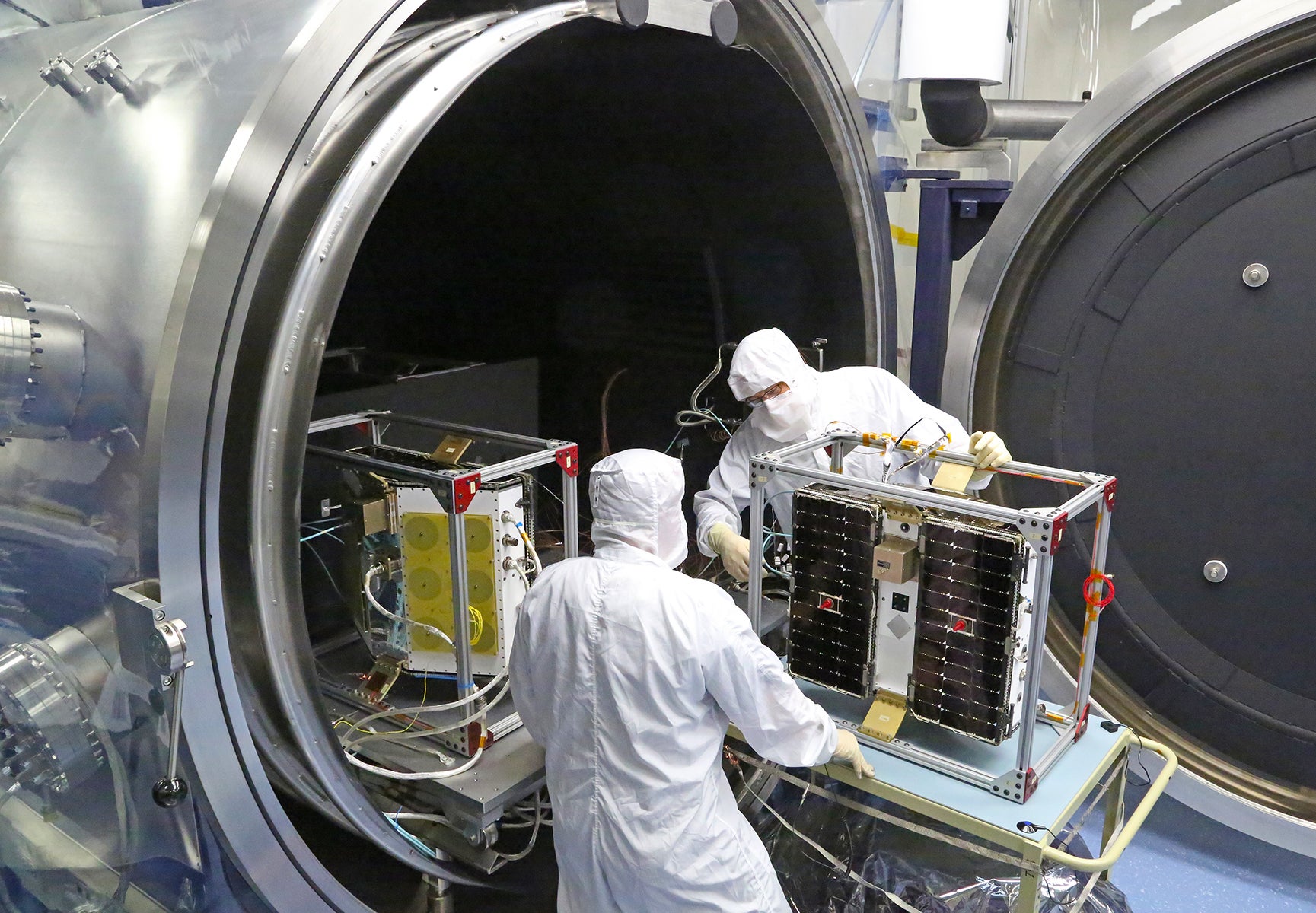
Nested on a peaceful 1,500-acre campus on the west side of San Antonio, the Southwest Research Institute (SwRI) has been exploring the solar system for the past several decades. It has evolved into a major force in space science and robotics, responsible for some of NASA’s biggest success stories. San Antonio’s fame is often associated with the Alamo and sports teams, but SwRI is establishing the area as an active hub in the continued investigation of our solar system. During a visit to the campus, I got see some of these advancements firsthand.
Up-and-coming research
SwRI was founded in 1947 by Tom Slick Jr., the son of a wealthy Oklahoma oil prospector. Slick leveraged his family’s fortune to become an adventurer, world explorer, cryptozoology enthusiast, and philanthropist. In 1941, he created the Foundation of Applied Research, which later evolved into the prestigious Texas Biomedical Research Institute. Branching into chemistry and physics, Slick created SwRI, located on the Essar Ranch west of the once sleepy town of San Antonio. Since then, the town has grown into the seventh-largest city in the U.S. (by population), and SwRI has kept pace with that growth. It currently has more than 2.5 million square feet (232,000 square meters) of laboratory, testing, and office space to continue Slick’s vision. Of the organization’s 3,100 current staff, nearly 500 work in the space-exploration sector, with over 100 at the Solar System Science and Exploration Division in Boulder, Colorado.
SwRI branched into space exploration in the 1960s with projects such as zero-gravity fire extinguishers carried on all Apollo flights, and a body-mass scale used on the first U.S. space station, Skylab.
In the 1970s and 1980s, NASA’s Mariner, Pioneer, and Voyager missions dazzled us with jaw-dropping close-up views of the solar system’s major planets. These missions filled in the blank spots of our solar system, but a true understanding of these worlds required more specialized exploration. It was SwRI that began work on the development, operation, and science analysis of follow-up missions.
In 1985, experimental space physicist Jim Burch became a key figure in the story of SwRI’s rise to scientific prominence by establishing the Space Sciences Division. A decade later, Burch became the principal investigator for NASA’s Imager for Magnetopause-to-Aurora Global Exploration (IMAGE) mission. Launched in 2000, this was the first space mission to explore the interaction of solar particles with Earth’s magnetic field and atmosphere. Burch is now senior vice president of SwRI’s space sector.
In the ’90s, SwRI worked on projects like the Cassini Plasma Spectrometer (CAPS) and Ion and Neutral Mass Spectrometer (INMS), key space physics instruments for NASA’s Cassini obiter, which surveyed the Saturn system from 2004 through 2017. In 2012, when NASA’s Curiosity rover landed on Mars, it carried SwRI’s Radiation Assessment Detector (RAD) to characterize the surface radiation levels on the Red Planet.
Today, the institute is home to five SwRI-led active space missions. These include the ongoing New Horizons mission exploring the Kuiper Belt and conducting heliophysics research, and the Juno mission orbiting Jupiter. Additional missions include Lucy, which is en route to the Jupiter Trojan asteroids, and PUNCH (Polarimeter to UNify the Corona and Heliosphere). Burch continues working on his space research as PI of the ongoing Magnetosphere Multiscale (MMS) mission, which launched in 2015 and features a constellation of four 3,000-pound (1,360 kilograms) spacecraft in high Earth orbit, jointly exploring Earth’s magnetosphere. MMS has put SwRI at the forefront of developing and operating such constellations.
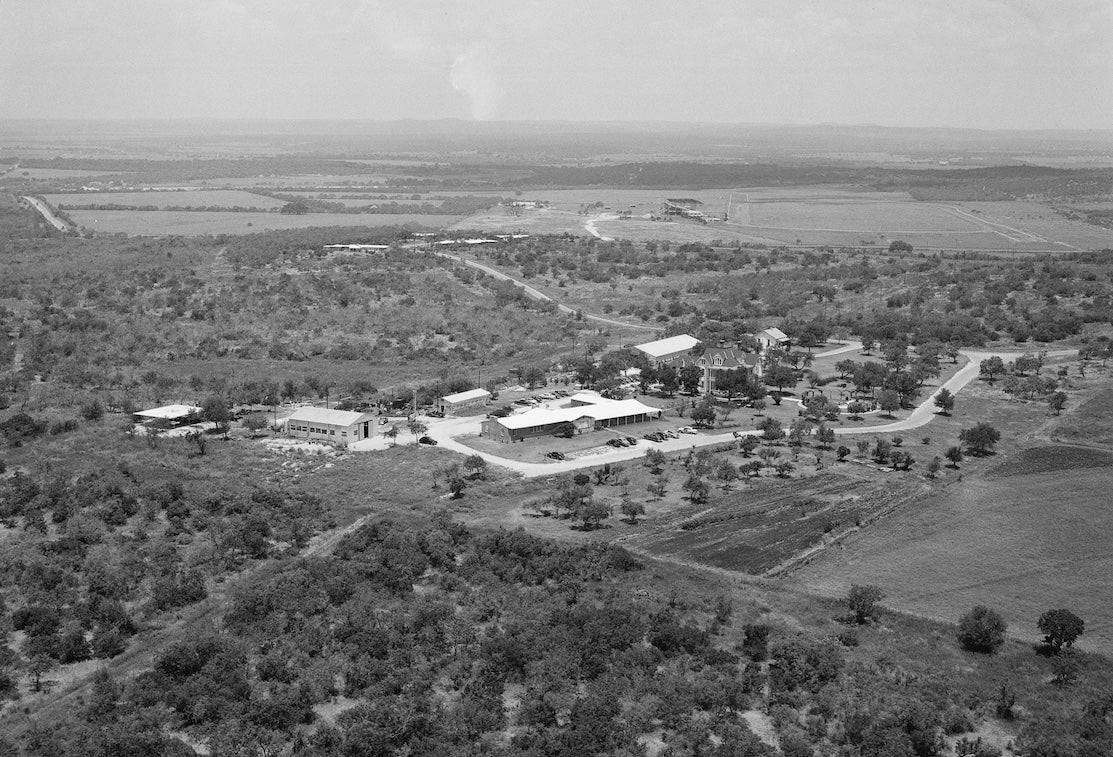
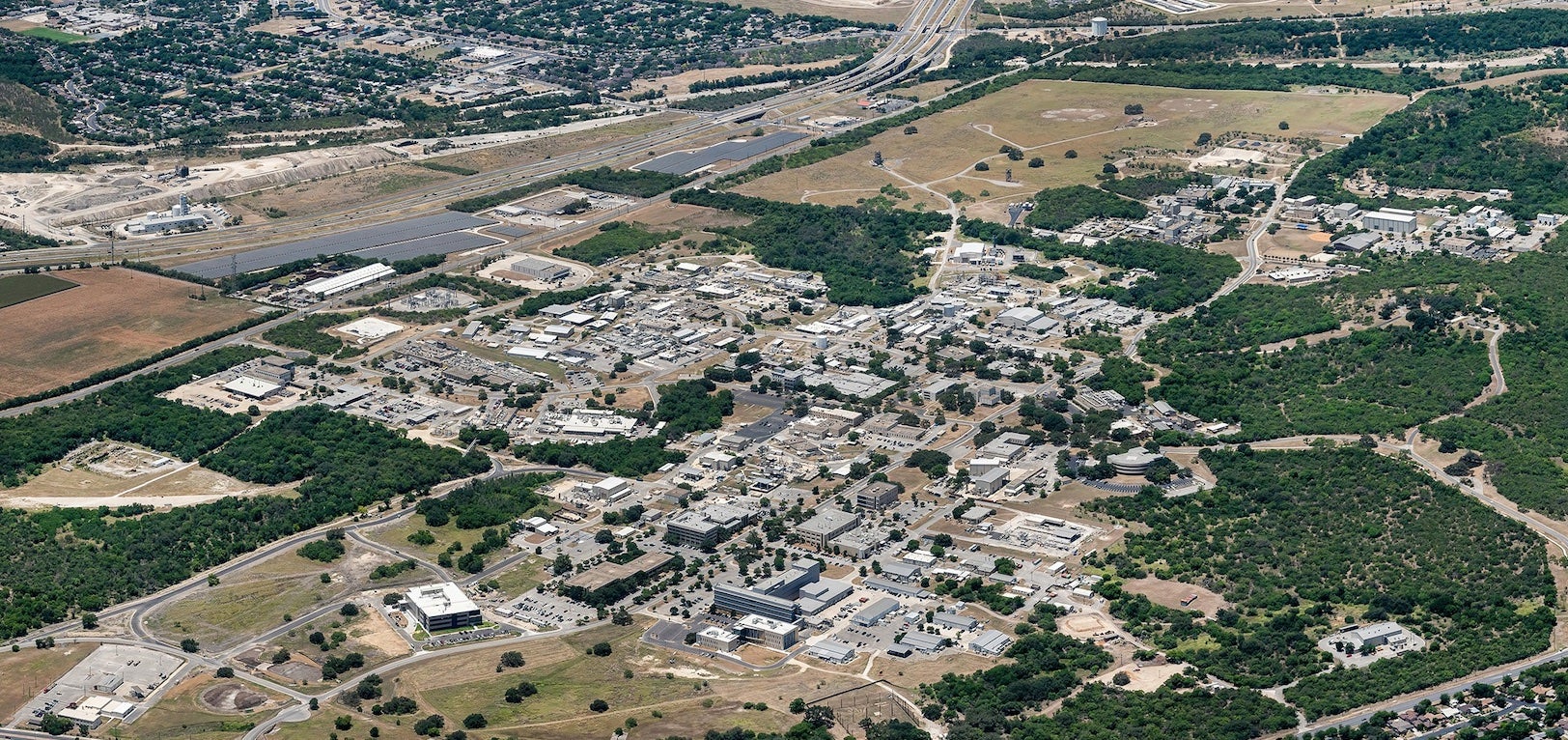
Mission directive for the SwRI
The ongoing Juno and New Horizons missions have kept SwRI in the spotlight. Juno launched in 2011 and arrived at Jupiter five years later. It continues to characterize the strange environment of our solar system’s largest planet and its moons. Juno also observed the entry of a 550- to 11,000-pound (250 to 5,000 kg) meteor into the jovian atmosphere in April 2020, adding evidence to the idea that incoming meteor and comet material contributes significantly to the chemistry of Jupiter’s upper atmosphere.
New Horizons has no shortage of accomplishments as well. In 2015, it was the first mission to travel to Pluto, and in 2019 it was the first to conduct a close flyby of the Kuiper Belt object Arrokoth. As of this article’s publication, the spacecraft continues to traverse the Kuiper Belt and will collect heliophysics data through at least 2028. SwRI’s planetary exploration efforts also continue with the Lucy mission, which launched in 2021 and will examine nearly a dozen main-belt and Trojan asteroids, the latter of which share Jupiter’s orbit.
And SwRI is hard at work on a slew of upcoming missions. Europa Clipper will carry SwRI’s Mass Spectrometer for Planetary Exploration (MASPEX) as it investigates the habitability of the subsurface ocean of the Galilean moon of the same name. The instrument is the latest in a line of SwRI-built spectrometers carried previously by the European Space Agency’s Rosetta asteroid exploration mission, NASA’s Lunar Reconnaissance Orbiter (LRO), and New Horizons. MASPEX is hundreds of times more sensitive than its predecessors and will analyze the water ejected into space from Europa for signs of organic material.
SwRI’s portfolio also extends to designing and testing Earth-observing satellites like the Cyclone Global Navigation Satellite System (CYGNSS). This group of eight low-Earth-orbit satellites uses both direct and reflected GPS satellite signals to monitor the roughness of the ocean surface. This, in turn, allows researchers to deduce surface wind speed and how that affects the formation of storms and impacts atmospheric moisture over land. Lofted to orbit in 2016 aboard an aircraft-launched Pegasus rocket, the mission has expanded to monitor diverse parameters including how much heat is exchanged between the ocean and the atmosphere, methane generation in wetlands, and pollution in the ocean.
Some of SwRI’s most impressive research occurs at San Antonio’s Center for Laboratory Astrophysics and Space Science Experiments (CLASSE). Here, space scientists perform laboratory experiments that help them interpret the data their robotic probes send back.
One such project involves determining the nature of the mysterious red cap at the pole of Pluto’s moon Charon. CLASSE researchers were able to replicate the reddish material and found it was likely created by ultraviolet radiation breaking down methane molecules that escaped from Pluto’s atmosphere. These methane molecules are thought to migrate to Charon and then become trapped as ice at the moon’s pole during the region’s centuries-long winter night.
Another part of CLASSE is dedicated to supporting the data acquired by the SwRI-built Lyman-Alpha Mapping Project (LAMP), a spectrometer aboard LRO that searches for water ice on the Moon’s surface. To do that, researchers used a vacuum chamber to take UV reflectance measurements of different surfaces, including lunar samples. The samples were examined by spectrometers that viewed the reflected wavelengths at various angles to help reproduce real-world measurements.
Interpreting data returned by LAMP in the context of these experiments indicates that over millions of years, water ice accumulated in the polar regions in the cold traps at the bottom of permanently shadowed craters.
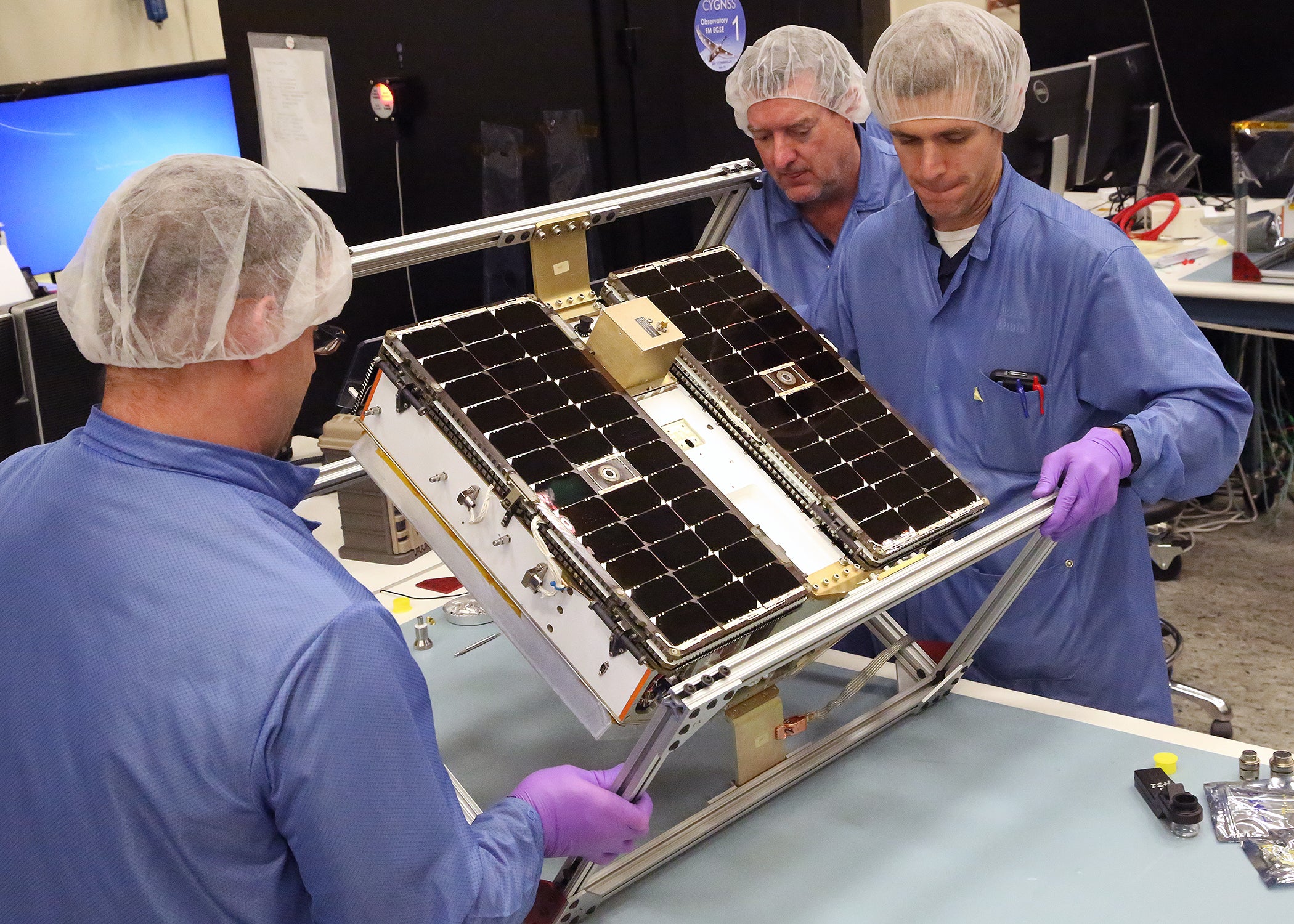
A closer look at the Southwest Research Institute Campus
During my visit to the campus, the vice president of SwRI’s Space Systems Division, Michael McLelland, proudly showed me the newest building on the campus, the Space System Integration Facility. This will be the center for future SwRI spacecraft design, fabrication, and testing. There are numerous clean rooms where spacecraft can be assembled, and a brand-new environmental testing vacuum chamber where the crafts will be put through their paces to prove they are ready to handle the harsh environment of space. Roughly the size of a tanker truck, the chamber is used to verify if electronics are robust enough to function in temperatures that range from cryogenic cold to unbearably hot. The facility even has its own electrical substation to prevent summer heat-induced rolling blackouts from disrupting critical spacecraft-testing operations.
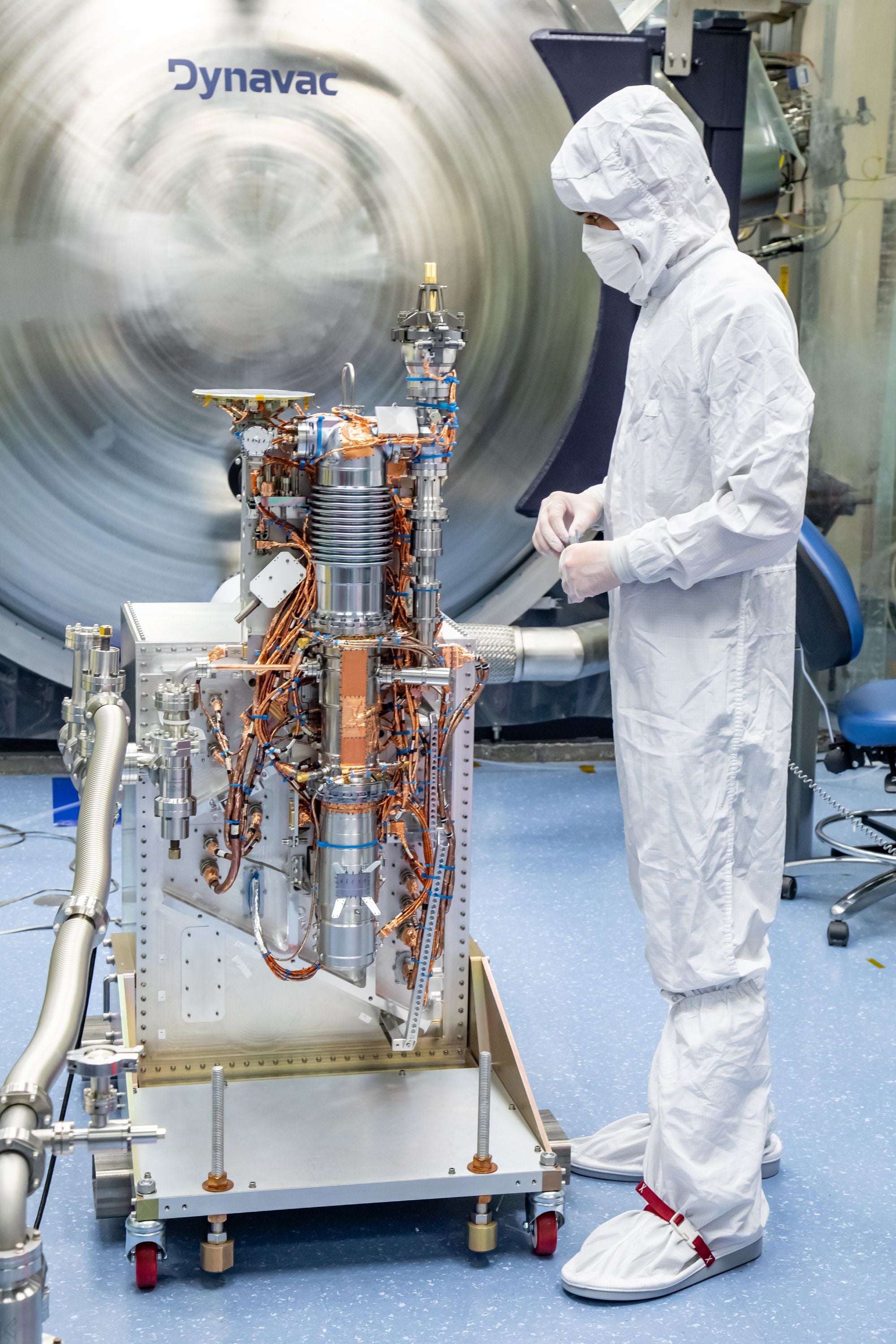
As I went into the testing bay of the building, four suitcase-sized satellites were laid before me, communicating with each other much like they will in space. These are part of the PUNCH mission that will be carried into a Sun-synchronous orbit in 2025 by a SpaceX Falcon 9 rocket. The mission will study how the Sun’s corona transitions into the solar wind. Three of the spacecraft will take wide-field images of the corona around the Sun, while the fourth craft will obtain a closer-in view of the Sun’s surroundings with a narrow-field imager. Imagery from all four spacecraft will then be assembled into a single 3D view showing about one-quarter of the sky. PUNCH will also monitor coronal mass ejections, which can be damaging to Earth’s electronic infrastructure.
In the midst of the cutting-edge electronics and Star Trek-like hardware, I also witnessed a very low-tech test of the spacecraft Sun sensors: A technician waved a flashlight over the spacecraft, and the sensor obediently followed. This technology will help establish the spacecrafts’ orientation and keep the solar panels aimed toward the Sun.
I was delighted to get a close look at SwRI’s ongoing research on Apollo lunar samples as well. The initial examination of these samples in the 1970s and 1980s concluded that the Moon was just a desiccated mass. But scientists at the time acknowledged they needed more sensitive instruments to further understand its chemistry.
Today, SwRI is at the forefront of lunar sample analysis. SwRI Senior Program Manager and planetary scientist Kurt Retherford allowed me to examine the Apollo samples kept in a locked safe deep within the research laboratories, and to see the new lunar sample research instruments. Fifty-two years ago, I was glued to my television set watching astronauts Dave Scott and Jim Irwin gathering surface samples during the Apollo 15 mission on northeast Mare Imbrium. It was a thrill to hold them half a century later.
Pushing ahead at the Southwest Research Institute
SwRI continues to incorporate the newest technology into its large upcoming projects. For instance, the institute supports NASA’s Artemis program through ongoing projects that will utilize NASA’s Commercial Lunar Payloads Services (CLPS) program. The payload will include tools for measuring heat outflow from the Moon’s crust as well as indicating its electric conductivity. The Integrating CAvity enhanced Raman Ultraviolet Spectrograph (ICARUS) is another project with a highly sensitive instrument designed to detect trace minerals and volatiles on the Moon and Mars.
An SwRI-developed instrument will land in the large lunar Mare Imbrium basin, riding aboard Firefly’s Blue Ghost lander: the Lunar Magnetotelluric Sounder (LMS). It will probe the lunar interior to a depth of 700 miles (1,127 km) by measuring naturally occurring electromagnetic fields. Another Moon-bound SwRI instrument, the Lunar Interior Temperature and Materials Suite, is destined to land near Schrödinger Basin on the Moon’s farside via CLPS. And to help solve the mystery of mysterious bright swirls caused by magnetic anomalies on the Moon’s surface like Reiner Gamma on Oceanus Procellarum, SwRI has developed and delivered the Magnetic Anomaly Particle Spectrometer (MAPS) to NASA for the Lunar Vertex mission. Landing near Reiner Gamma, MAPS will use a spectrometer to map the region’s magnetic field with a resolution four times higher than previous efforts via orbiting spacecraft. And, when observing in conjunction with orbiting spacecraft, it will also provide a 3D view of the regional magnetic fields.
The Southwest Research Institute is proving that the sky is not the limit. As the institute expands its reach, the universe itself is within its sights. The next time you hear about San Antonio, don’t just remember the Alamo: Think also about SwRI, where the spacecraft that will explore the solar system are being built and tested, deep in the heart of Texas.









